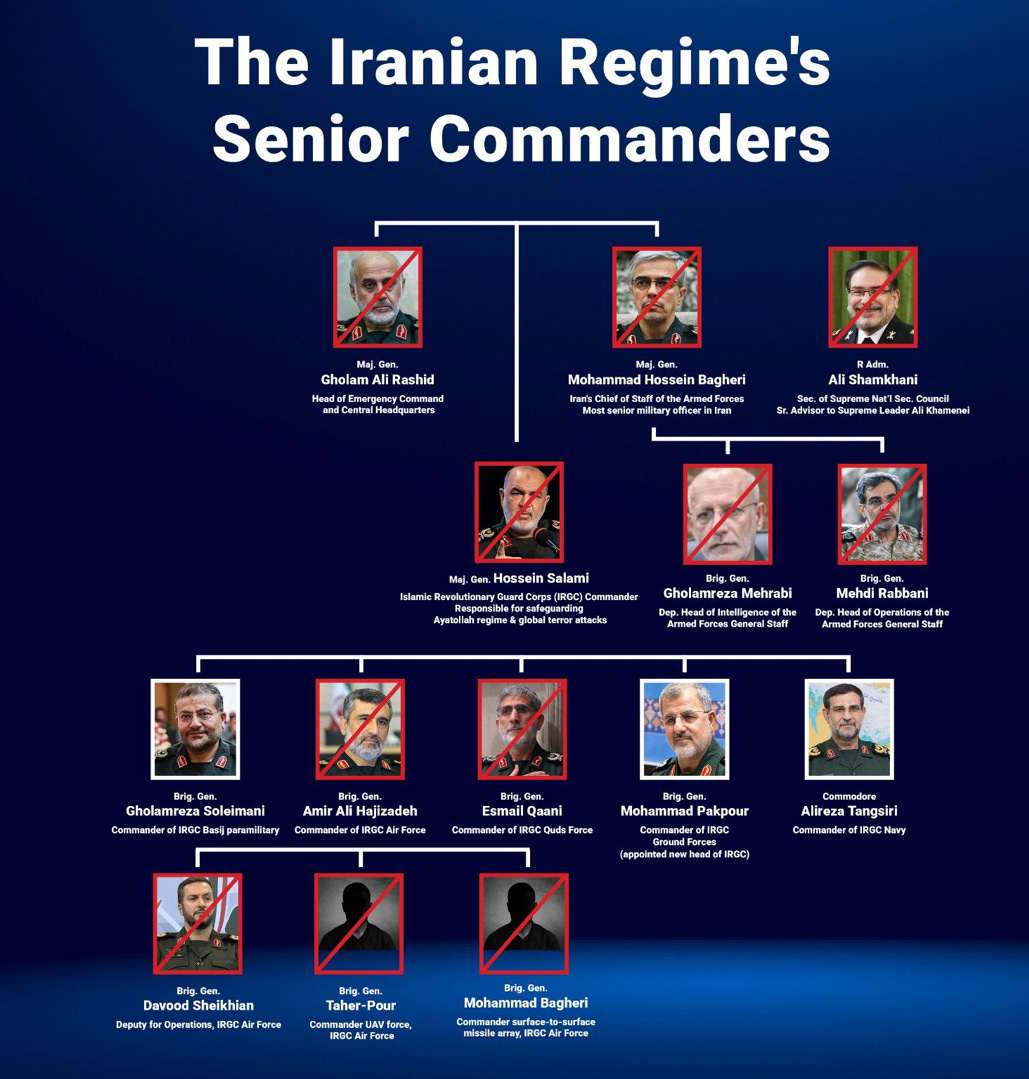On 6/13/2025, Israel conducted one of the most brilliant attacks in the history of armed conflict. Using drones smuggled in by Mossad agents, unknown Special Operations units, and air strikes, Israel struck at the heart of the Iranian military and now dominates the airspace.
Israel’s plan, it appears, was conventional and genius.
You see, Iran has a far larger population than Israel (about 9 times larger), and in a traditional ground war, Israel may win, but it would come at a steep cost. However, there is no border that Israel and Iran share, and due to that, any conflict would play out in the skies.
Iran thus invested heavily in anti-air defenses that could shoot down advanced Israeli aircraft.
You see aircraft are expensive- very expensive. An F-15 is around 30 million dollars (or 300 lamborginis), and for every hour or so of use, they need 24 hours of maintenance on average. Imagine the cost just in spare parts and fuel. Put head to head, Israel has a far better air force.
What I excluded was the many seemingly random Iranian aircraft, including 17 Chengdu J-7s (1965), about 20 HESA aircraft, and 12 Mirage F-1s captured from Iraq decades ago. Obviously, the variety of aircraft (and origins) leads to maintenance issues. Additionally, the fact that these aircraft were outdated 3 decades ago means replacement parts are hard to come by.
Iran is not stupid and knows they have flaws and has focused on workarounds like…
Anti-Air defenses: If Israel has a clear air advantage, then use anti-air missile systems to shoot down Israeli aircraft
Drones and Missiles: Cheap and expendable, these weapons could be used to damage bases and airports and give Iran the ability to strike enemy targets without using aircraft
Nuclear Weapons: Iran seems to be hinting they have something up their sleeve, and time will tell, but their drive for nuclear weapons has been in part influenced by their deficiency in airpower when compared to Saudi Arabia and Israel.
Israel had to work around these conditions. A lot of anti-air weapons, a lot of missiles that could be targeted at Israel, and a large (if outdated) air force.
First was SEAD operations, which are “suppression of enemy air defenses.” Undercover Mossad agents had been in Tehran, smuggling in drones and producing them for this operation. On the day they were loaded onto trucks, driven to within range of their target, and let loose.
Additionally, Israeli Special Forces inserted secretly into Iran began using surface-to-surface (supposedly Spike launchers) on anti-air defenses.
These 2 coordinated and covert efforts destroyed a lot of Iran’s anti-air capability and damaged many of their bases.
This opened the way for the Israeli Air Force the enter Iranian Airspace and begin precision bombing high-value targets. This includes
Missile bases
Weapons production facilities
High-ranking Generals
Key figures in the Iranian nuclear weapons program
Military bases
The Iranian Ministry of Defense building
The Iranian Organization of Defensive Innovation and Research building
Airports throughout the area
Crucial gas depots and electrical facilities
Nuclear weapons research bases and storage for weapons-grade materials
Any remaining anti-air weapons
After a few nights of this, Israel had control over the airspace around Tehran. Additional results include…
Now, I was not excited about the escalation to a regional war with Iran. However, I hold little love for the Iranian Government. Regardless of my views, I do think that this was brilliant and has severely set back Iran’s military and perhaps paved the way for a regime change. Maybe women can enjoy basic rights again, who knows?
In the end, I know this- Israel’s strike was nothing short of brilliant. Coordinating Mossad assets, Special Operations troops, and the air force to conduct a combined arms operation against a powerful nation is no small feat. To achieve so much so quickly shows how capable the IDF can be and perhaps paves the way to a more lasting peace.






The attack was so similar to the recent Ukrainian attack on Russia it makes you wonder if they worked on them together.
There’s so much news going on that I’m intentionally not keeping up with all the headlines. You’ve become one of my few main sources for the time being. So pardon my basic ignorance of all things that just about everyone else already knows.
That said, can I ask whether this strategy was also successful is minimizing civilian casualties, what Hollywood likes to refer to as “collateral damage”? It seems like it should have enabled greater focus with less margin for error. I’m sure it wasn’t perfect, but what type of damage was done to the Iranian civilian population compared to expectations based on the “traditional” attack had they not used this method?